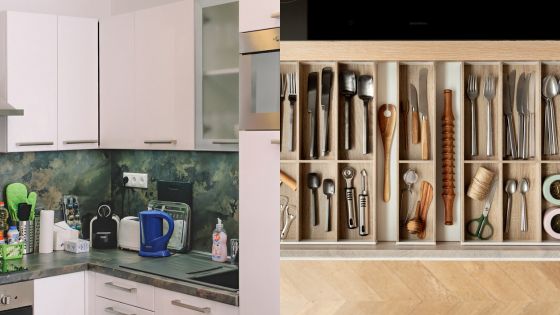Creating a beautiful home can sometimes feel overwhelming. Many people want their spaces to look stylish and inviting without spending a lot of time or money. The right design hacks can transform any room, making it more functional and appealing.
Simple changes can have a big impact on the overall feel of a space. From color choices to furniture arrangement, these hacks can refresh a home, making it a more enjoyable place to live.
1) Use Multi-Functional Furniture
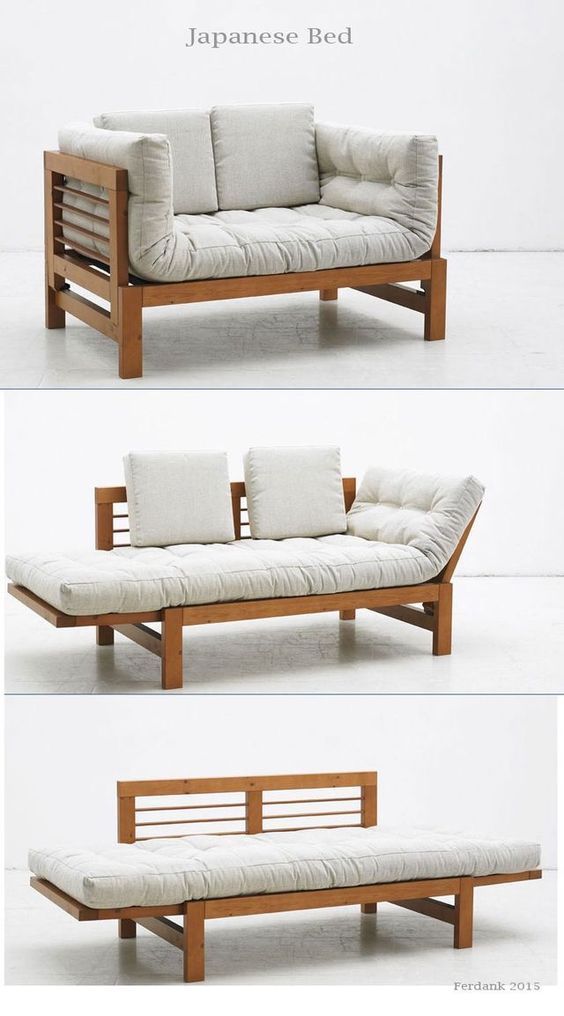
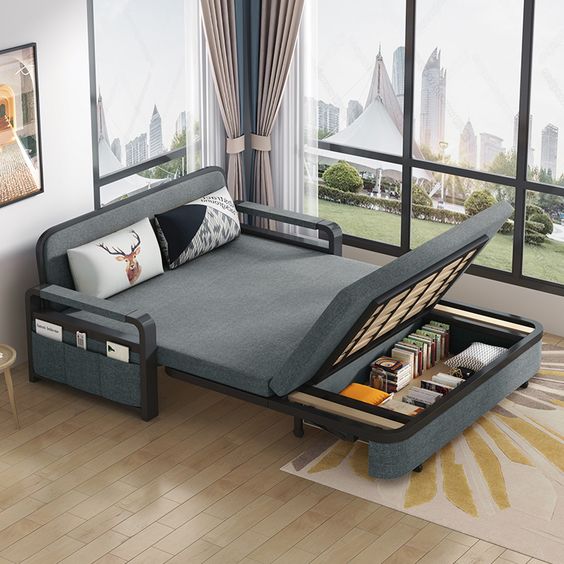
Multi-functional furniture is useful in many homes. This type of furniture can serve more than one purpose, saving space and adding flexibility.
For example, a sofa bed allows a living room to transform into a guest room. A coffee table with storage helps keep items organized and nearby.
Another option is an ottoman that can be used for seating or as a table. It also often has hidden storage. A dining table that can extend is great for small spaces and larger gatherings.
Choosing multi-functional pieces can make a home feel more open. It is easier to move around when there is less clutter.
When selecting these items, consider style and design. They should match the overall theme of the room. This way, he or she can enjoy both function and beauty in their living space.
2) Incorporate statement lighting
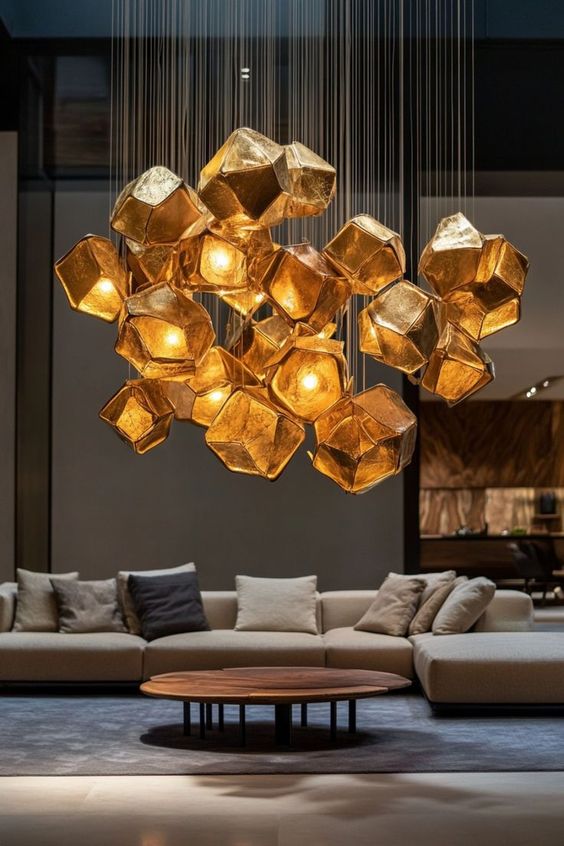
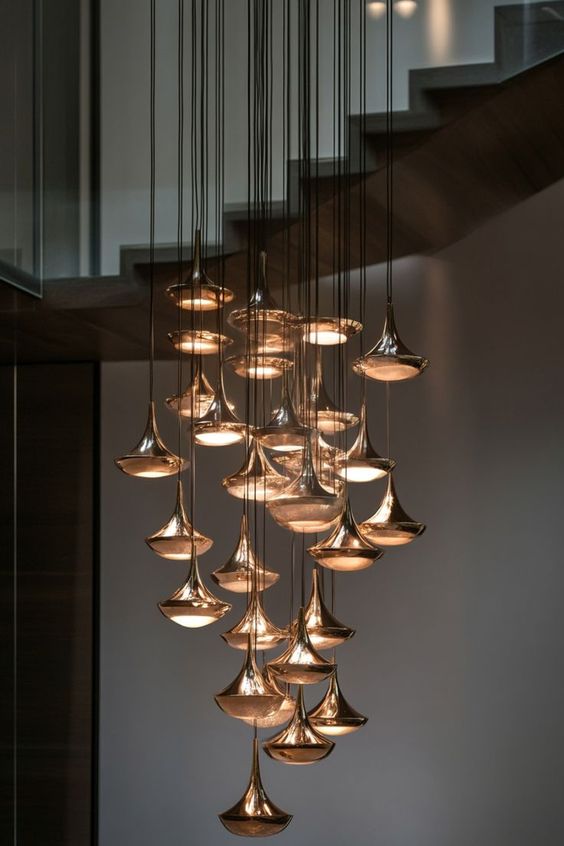
Statement lighting can change the feel of a room. A unique light fixture draws attention and adds style. It serves as both a functional and decorative element.
Choosing the right fixture is important. A bold chandelier can be a centerpiece in a dining room. Floor lamps with interesting designs can enhance a living area.
Mixing different sources of light creates depth. Combining ceiling lights, table lamps, and wall sconces adds layers to the space. This approach helps in achieving a warm and inviting atmosphere.
Consider the scale of the fixture. A large pendant light in a small room can feel overwhelming. Conversely, smaller spaces need light elements that fit without crowding.
Color and material also matter. Metallic finishes can add a modern touch, while fabric lampshades soften the look. Selecting the right light can bring personality to the space.
Incorporating statement lighting is a simple way to elevate a room. It showcases personal taste while providing adequate illumination. Thoughtful choices lead to a stylish and balanced environment.
3) Add Mirrors to Enlarge Space
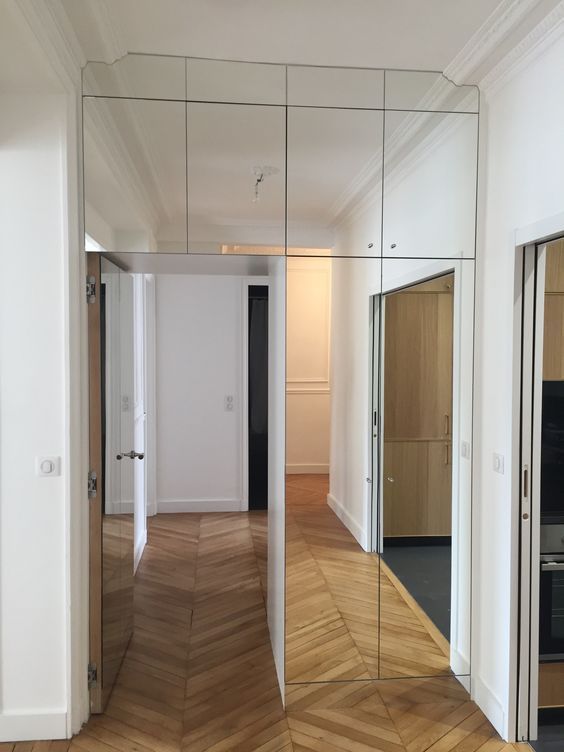
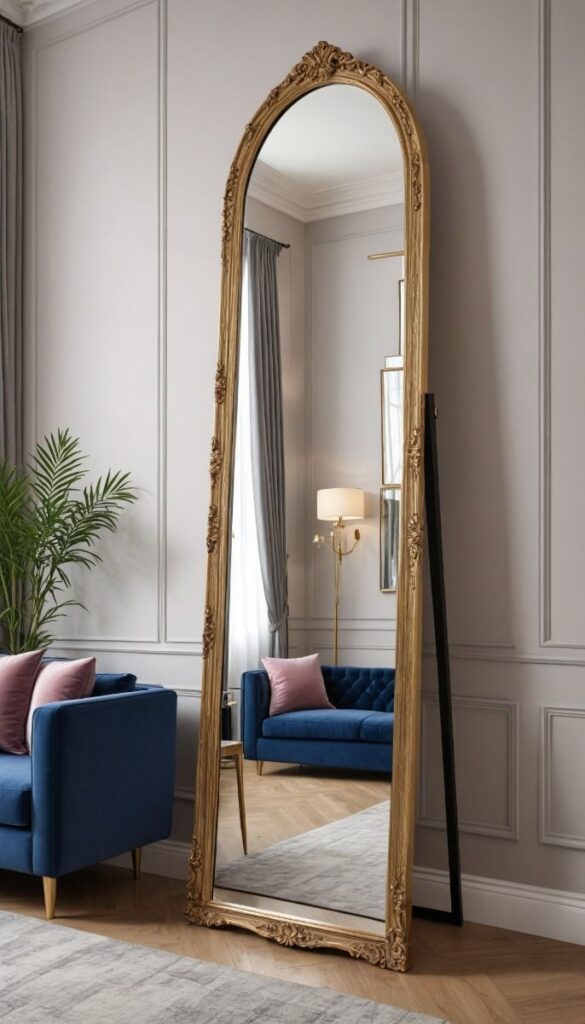
Mirrors are great for making a room look bigger. They reflect light, which can make a space feel more open and airy.
Placing a large mirror on a wall can create an illusion of depth. It tricks the eye into seeing more space than what is actually there.
Mirrors can also enhance natural light. By positioning them across from windows, they help bounce light around the room. This makes it brighter and more inviting.
Using multiple smaller mirrors can also work well. Arranging them in a group adds style while helping to expand the visual space.
In addition to size, mirrors can add a touch of elegance. They come in various shapes and styles, allowing for personalization in design.
Choosing the right frame can complement other decor. This can create a cohesive look while still providing the benefits of enlarged space.
Overall, using mirrors is an easy and effective design hack. They serve both functional and aesthetic purposes in any interior space.
4) Use neutral color palettes
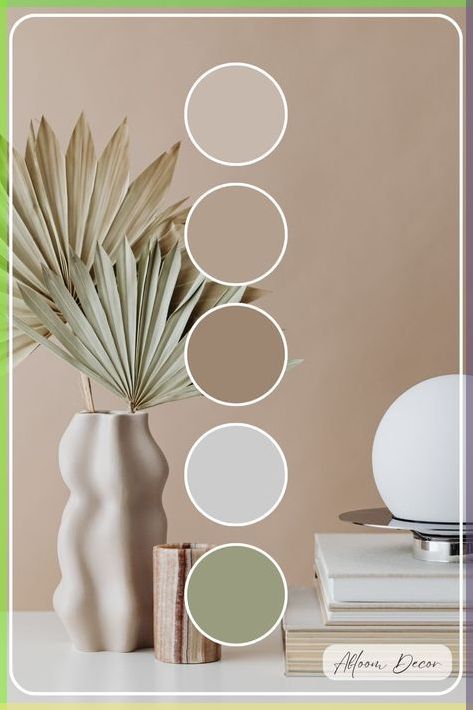

Neutral color palettes are a popular choice in interior design. They create a calm and inviting atmosphere in any room.
Colors like beige, gray, and soft white are versatile and easy to match with other design elements. These shades help to make spaces feel larger and more open.
Neutral tones allow for the use of bolder accessories, such as colorful artwork or vibrant furniture. They provide a balanced background that supports various styles.
This approach can be especially useful when staging a home for sale. Many buyers appreciate the fresh, clean look that neutral colors offer.
Using a neutral palette can also simplify decorating. It makes it easier to change accents and details over time without needing to repaint or redesign.
In homes with lots of natural light, neutral colors can reflect and enhance that brightness. This can create a warm, welcoming environment.
Choosing a neutral palette is a smart design hack. It allows for flexibility and creates a timeless feel in interior spaces.
5) Hang curtains higher

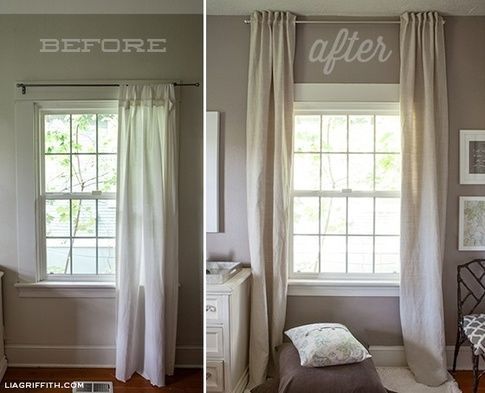
Hanging curtains higher can change the look of a room. It makes ceilings appear taller and creates a more spacious feel.
To achieve this, mount the curtain rod close to the ceiling. This small adjustment can draw the eye upward, enhancing the room’s height. It also gives a more polished appearance.
When choosing curtains, longer ones work best. They should ideally touch or slightly puddle on the floor. This adds elegance and richness to the space.
Pay attention to the width of the curtains, too. Wider curtains can provide better coverage and help with light control. They also create a fuller look when drawn open.
This simple design hack is easy to implement. It requires just a few tools and some time. The result can refresh and uplift any room’s style without major renovations.
6) Choose open shelving
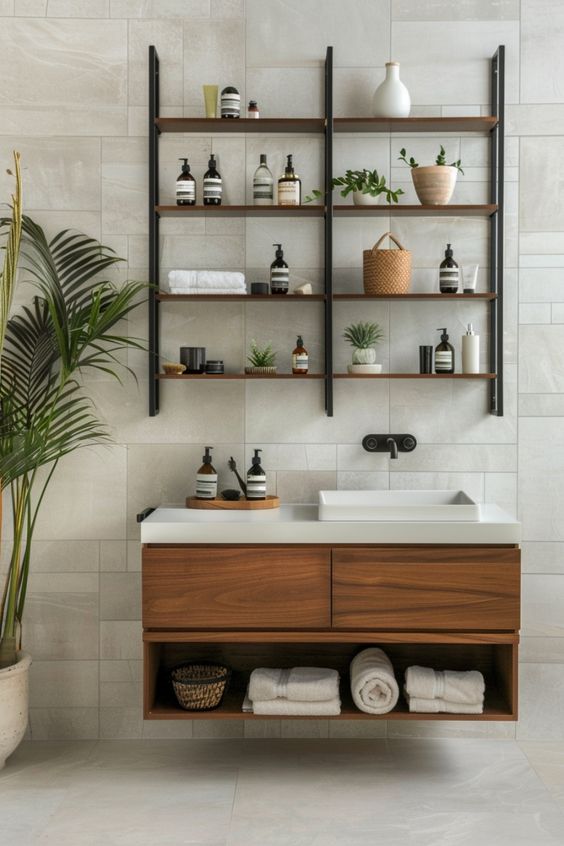
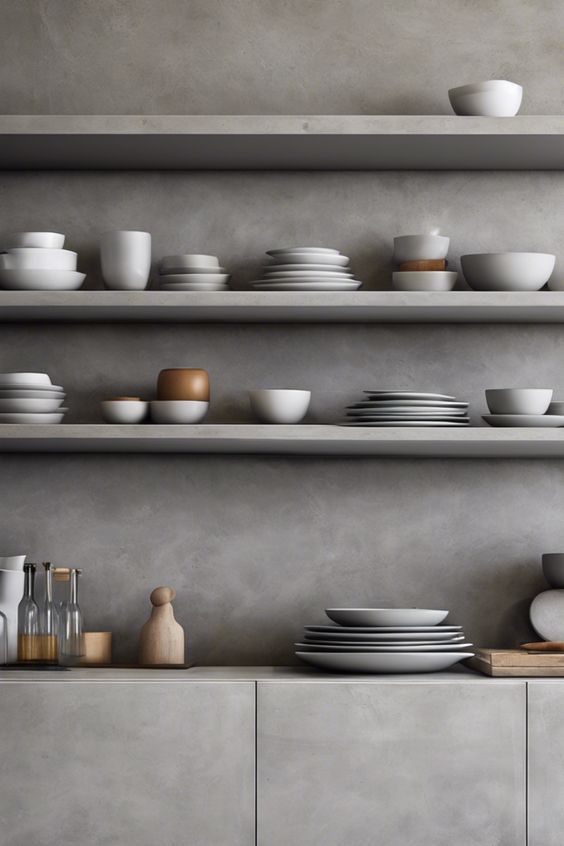
Open shelving can greatly enhance the look of a space. It allows for a cleaner and more organized appearance. This design choice gives rooms a sense of openness and airiness.
People can display their favorite items on open shelves. This can include dishes, books, or decorative pieces. It adds personality and style to any room.
With open shelves, one can easily access items. This makes cooking or decorating more convenient. It also encourages creativity in arranging items.
Choosing the right materials for open shelves is important. Wood, metal, or glass can each create a unique look. The choice can depend on the overall theme of the home.
Maintenance is another factor to consider. Open shelving may require more frequent cleaning. Dust and clutter can accumulate more easily than with closed cabinets.
In small spaces, open shelving can create the illusion of more room. It draws the eye upwards, making ceilings feel higher. This simple hack can transform a space without major renovations.
7) Add indoor plants
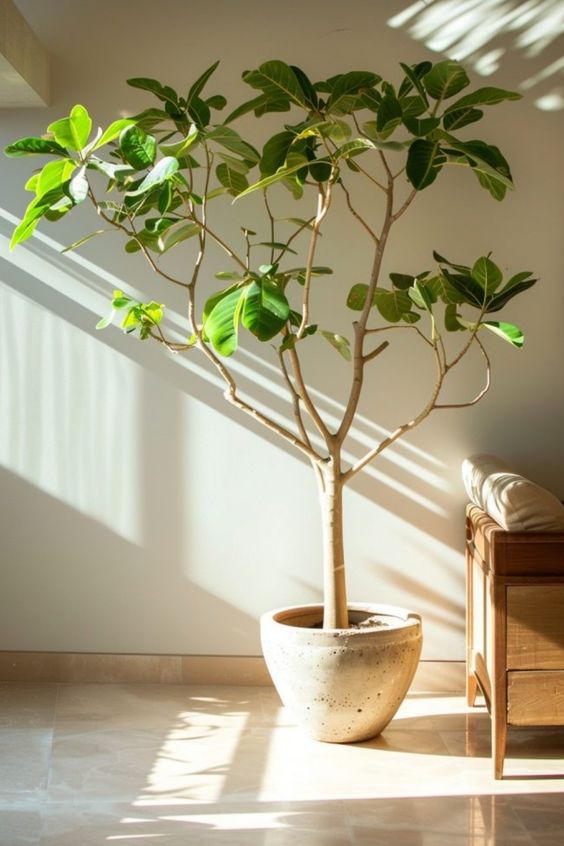

Indoor plants bring life to any room. They add color and texture, making spaces feel more inviting.
Plants also improve air quality by filtering toxins. This can lead to a healthier home environment.
Choosing the right plants is important. Easy-to-care-for options include pothos, snake plants, and succulents. These plants thrive with minimal attention.
Placing plants in different areas adds interest. A tall plant in the corner can draw the eye, while small pots on shelves enhance details.
Using decorative pots can also elevate the look of a room. Stylish containers can match the decor or act as a statement piece.
Grouping plants together creates a mini-garden effect. This can make a space feel lush and vibrant.
Adding plants is a simple and effective way to enhance interior design. They introduce natural beauty and improve the atmosphere of any home.
8) Use area rugs
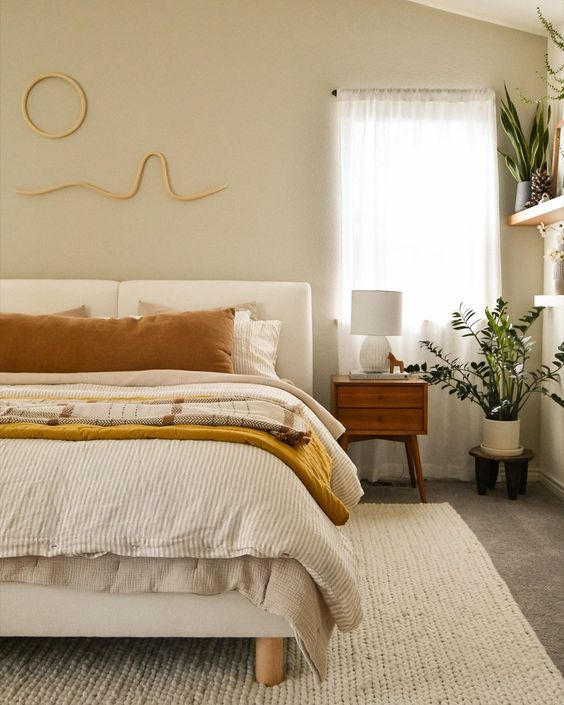
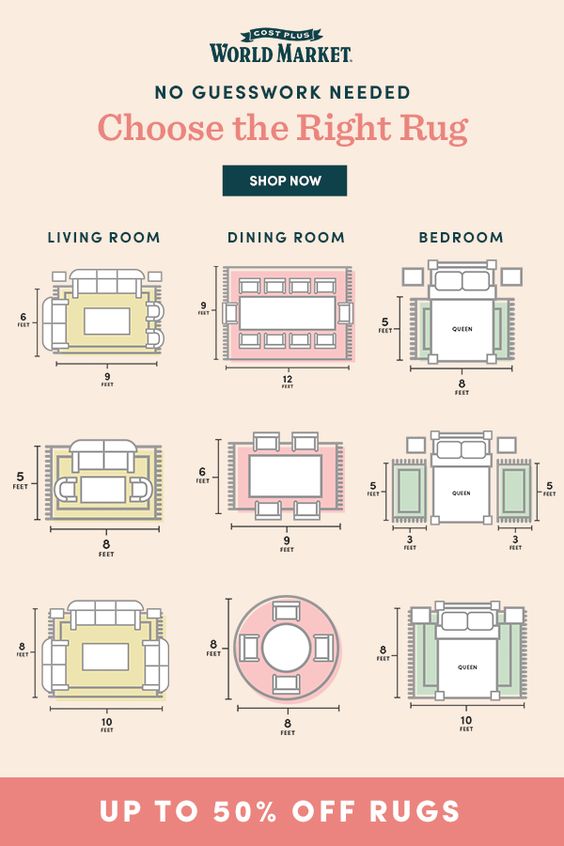
Area rugs can change the look of a room instantly. They add warmth and texture. They also help define spaces, especially in open floor plans.
Choosing the right size is important. A rug that is too small can make a room feel disjointed. Ideally, larger rugs should fit under key furniture, like couches and chairs.
Patterns and colors can set a mood. A bright rug can make a space feel lively. A neutral rug can create a calm atmosphere.
Cleaning area rugs is also manageable. Many can be vacuumed or spot-cleaned. This makes them practical for busy homes.
Layering rugs is another stylish option. A large rug can serve as a base, and a smaller, colorful rug can add interest. This technique works well in living rooms or bedrooms.
Incorporating area rugs can enhance any design. They offer comfort and style. With the right choices, they can transform a simple room into a cozy space.
9) Create an Accent Wall
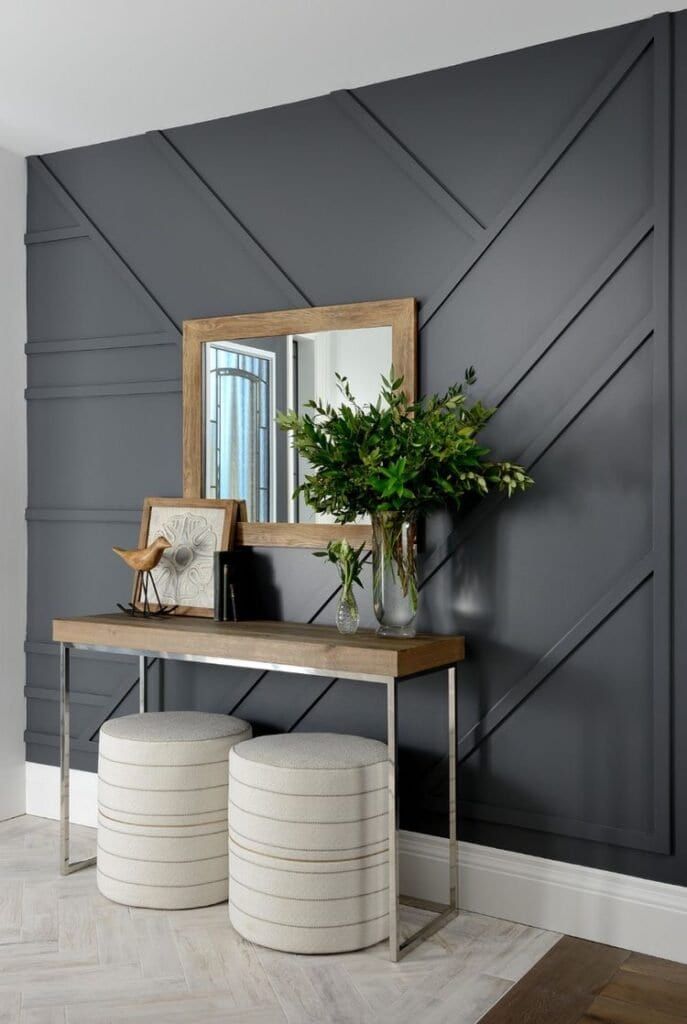
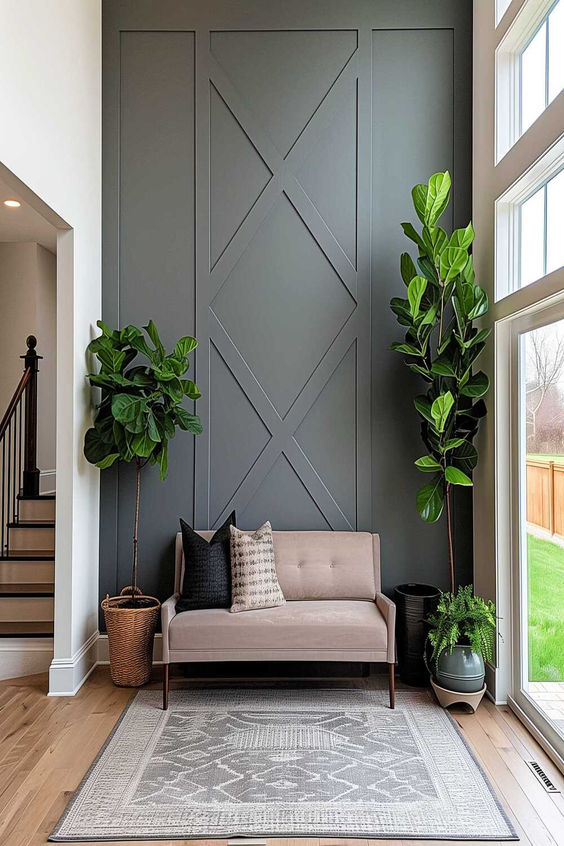
An accent wall adds interest to any room. It draws attention and can change the feel of a space. This simple design hack is effective and affordable.
Choosing a bold color or unique pattern makes an impact. Bright colors like deep blue or rich red can energize a room. Patterns, such as stripes or floral designs, offer a stylish touch.
Placement is important. The best spot is often the wall behind a focal point, like a bed or sofa. This makes the accent wall stand out even more.
Using different materials can also enhance the look. Consider wood paneling, wallpaper, or even bricks. Each option brings a different character to the room.
Lighting can change how an accent wall is viewed. Soft lighting can create a warm atmosphere, while bright lights emphasize colors. Experiment with different light sources for the best effect.
Creating an accent wall is a simple way to refresh a space. It allows for creativity without a full redesign. Anyone can transform a room with this helpful tip.
10) Use under-bed storage
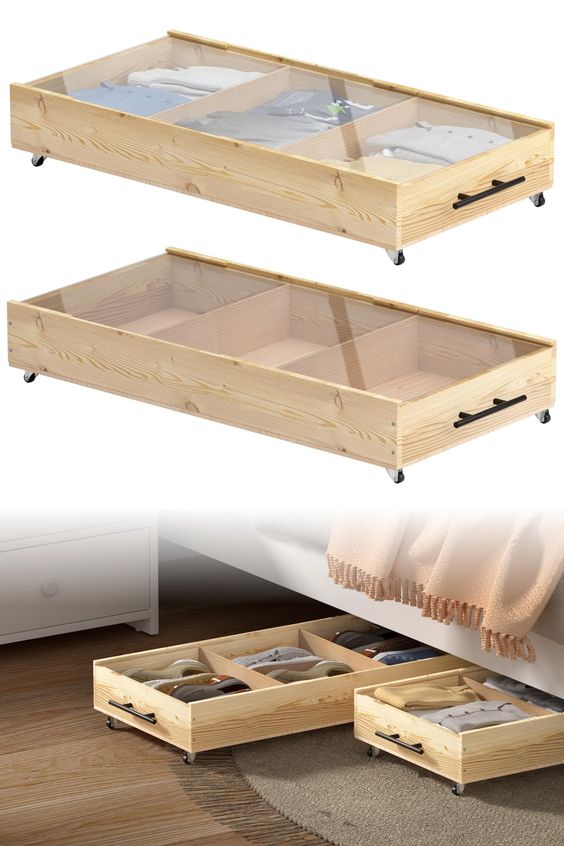
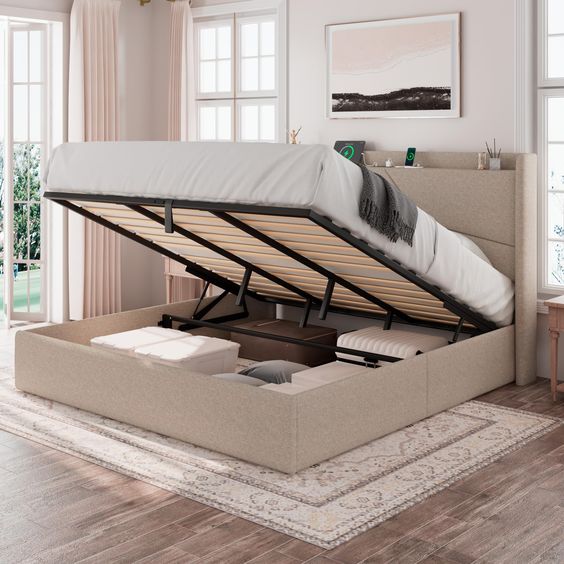
Under-bed storage is a smart way to make the most of space in a bedroom. Many people overlook this area, but it can hold a lot of items.
Bedding, shoes, and seasonal clothes fit well under the bed. Storage bins or drawers can keep these items organized and out of sight. This helps keep the bedroom tidy and clutter-free.
Choosing clear bins makes it easy to see what is stored. Labels can help identify contents quickly. This way, finding items becomes simple and fast.
Consider storing less-used items under the bed. This might include holiday decorations or extra linens. Keeping everyday items easily accessible helps maintain convenience.
Using under-bed storage adds extra organization to any room. It is a quick solution for anyone needing more space. Smart use of this area can enhance a room’s overall look and feel.
Maximizing Small Spaces
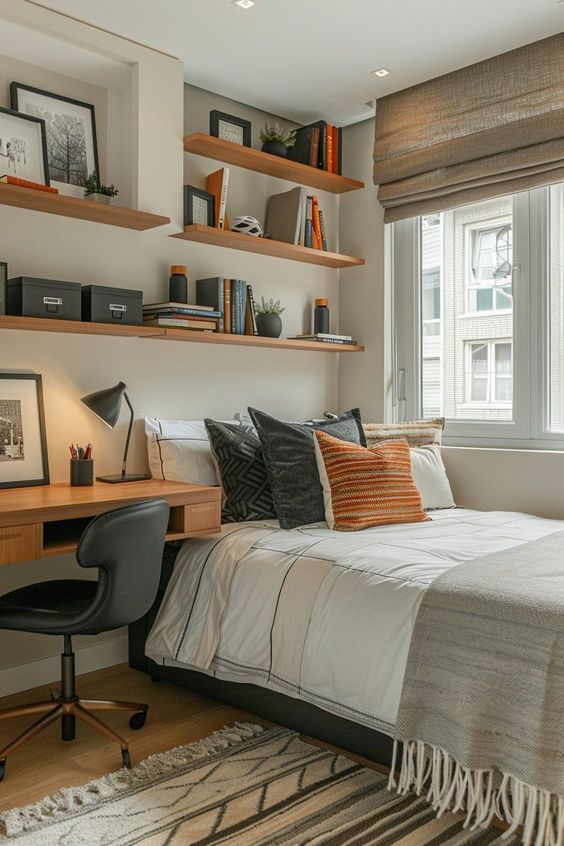
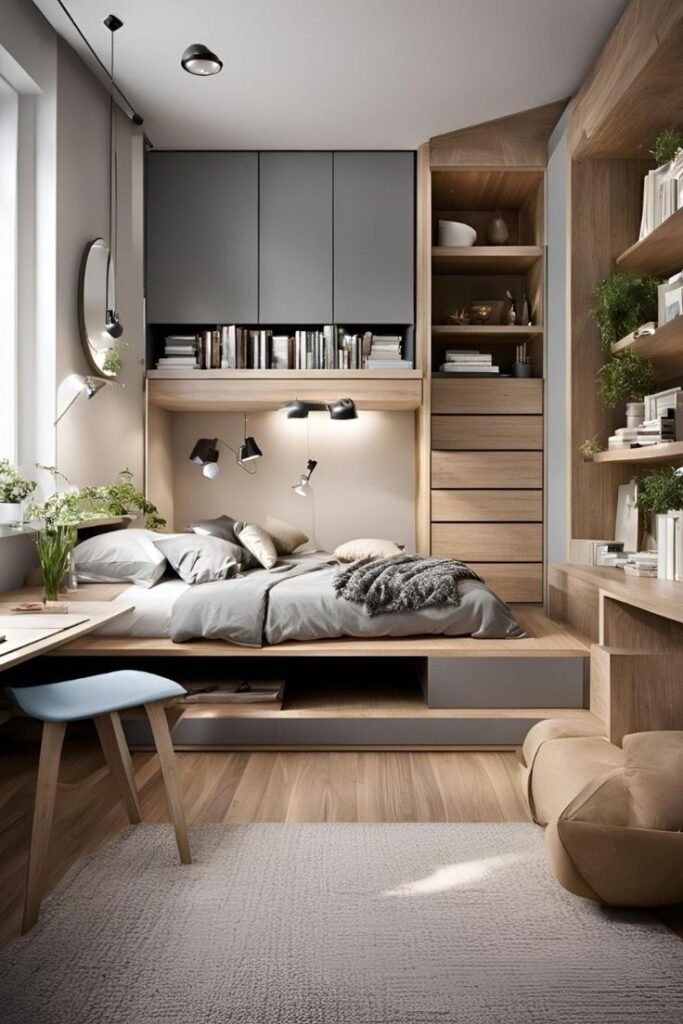
Making the most of limited space can create a comfortable and functional environment. Focused strategies for storage and furniture can enhance small areas without feeling cramped.
Creative Storage Solutions
Effective storage is crucial in small spaces. Utilize vertical space by installing shelves high up on walls. This keeps the floor clear while providing room for books, plants, or decorative items.
Under-Furniture Storage: Use boxes or baskets under sofas and beds. This hidden space can hold extra blankets, shoes, or other items.
Wall-Mounted Organizers: These can keep frequently used items within reach. They work well in kitchens or entryways.
Furniture with Built-in Storage: Choose items like ottomans or coffee tables that have hidden compartments. They can store items like games or seasonal decor.
Multifunctional Furniture
Choosing furniture that serves multiple purposes helps save space. A sofa bed can act as both seating and a guest bed when needed.
Expandable Dining Tables: These can change size based on the number of guests, maximizing both dining and living areas.
Storage Benches: Placing a bench at the foot of the bed offers both seating and storage.
Nesting Tables: They tuck away neatly when not in use, but can be pulled out for extra surface space.
These strategies help create a functional and inviting atmosphere while making the most of small spaces.
Incorporating Natural Light
Natural light can greatly enhance a space, making it feel brighter and more inviting. Effective use of light not only boosts mood and energy but also creates a more open atmosphere. Here are key ways to maximize natural light in interior design.
Optimal Window Treatments
Choosing the right window treatments is essential for controlling light. Light, sheer curtains allow sunlight to filter in while providing privacy. Sheer materials like linen or cotton can soften harsh sunlight without blocking it completely.
Blinds are another option. They can be adjusted to control the amount of light entering the room. To maximize brightness, consider placing blinds higher on the window frame. This lets in more light while maintaining privacy.
Using mirrors can help reflect light around the room. Positioning mirrors opposite windows enhances brightness by bouncing light back into the space. It also creates an illusion of a larger area, making the room feel more airy.
Choosing Light Colors
The right paint colors can significantly affect how light interacts with a space. Lighter shades like whites, creams, and soft pastels reflect more sunlight. This reflects the natural light back into the room, creating a bright and cheerful environment.
For a subtle effect, consider light grays or soft blues. These colors add a hint of personality without absorbing light. They maintain that open feel while allowing for warmer accents in furniture or decor.
Choosing lighter-colored furniture also contributes to a brighter space. Pieces in these hues will reflect light rather than absorb it. Pair light walls with similar furniture tones for a cohesive look that highlights the natural light.
Frequently Asked Questions
This section addresses common queries about interior design, focusing on optimizing small spaces, creating themes, and incorporating new trends. It also provides tips for beginners in DIY projects and highlights key elements to consider when designing a living room.
What are the best ways to optimize a small living space through interior design?
To make a small living space feel larger, using multi-functional furniture is essential. Items like sofa beds or storage ottomans can free up space. Adding mirrors can also create the illusion of depth and brightness.
How can I create a cohesive interior design theme throughout my home?
To achieve a cohesive theme, select a limited color palette and stick to it in all rooms. Choosing similar styles for furniture and decor helps tie everything together. Consistent patterns and textures also contribute to a unified look.
What are the emerging interior design trends in 2024?
Emerging trends in 2024 include an emphasis on sustainability and biophilic design. This means more natural materials and plants in interior spaces. Colors are shifting towards warm neutrals, enhancing comfort and coziness.
How can beginners approach DIY interior design effectively?
Beginners should start by planning their space. Creating a mood board can help visualize ideas. Simple projects like painting a room or adding new accessories allow for hands-on experience without overwhelming effort.
What key elements should be considered when designing the layout of a living room?
When designing a living room layout, it’s important to consider traffic flow. Arranging furniture to encourage conversation is crucial, as is maintaining a balance of open space and furniture placement. Sizing of furniture should match the room dimensions.
How can I incorporate sustainable practices into my home’s interior design?
Incorporating sustainable practices includes choosing eco-friendly materials and energy-efficient lighting. Upcycling furniture can reduce waste and add character to a space. Finally, using plants improves air quality while enhancing the decor.
- 1.6Kshares
- Facebook0
- Pinterest1.6K
- Twitter0
